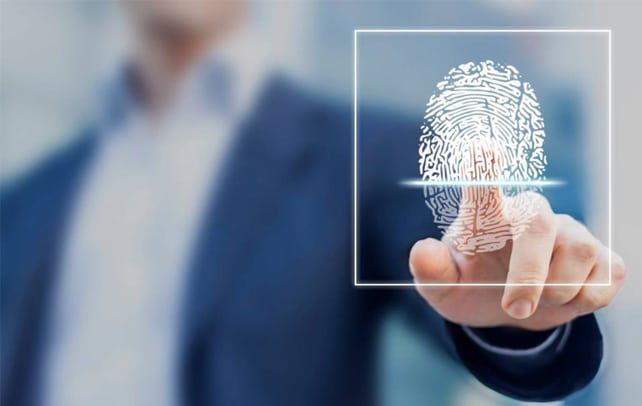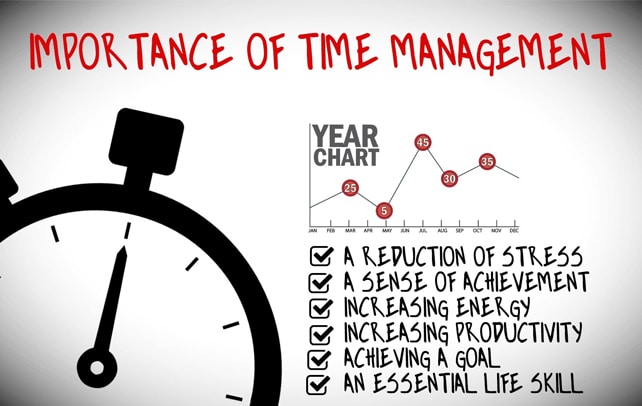When you’re faced with deciding how your employees time cards will work, there are two advanced, biometric options that are both suitable ways to eliminate co-workers punching in or out for one another, optimise productivity, and make it easier for employees to clock in and out. Those biometric options are through a face scan or a fingerprint scan.
TLM Solutions provides both options for every workforce’s needs, offering personalised options beyond the sale of the software and cater to the business at hands. Biometric recording allows us to time attendance by considering the unique physical characteristics of employees, either through a facial scan or a simple fingerprint scan. There are advantages and disadvantages to either, so let’s look at both options to find which one is better for your situation.
Facial recognition can work without user consent being required, sometimes, and it doesn’t require the user to make contact with the equipment for their identity to be accepted. Fingerprint recognition, on the other hand, is a more intrusive form of identification that requires user consent before it can be used. This is because the user is required to touch the equipment for the biometric sample to be presented properly.
Fingerprint scanning is more commonly used for authentication and identification, while facial recognition is more often used for public applications or surveillance. Given this, subjects can’t be identified from a distance with fingerprint scanning, but they may be able to be recognised from a distance using facial recognition.
Variables can play into whether facial recognition is 100% accurate or not. Facial characteristics repeat in twins, are similar in many people, and some characteristics can change depending on the day, whether if the person is sick, or something else entirely. Fingerprint recognition is more accurate because your fingerprint will never change. Even in twins, fingerprints can’t repeat, so it’ll be a perfect match to the right employee every time it’s used.
While fingerprint scanning can be more accurate in most cases, it’s facial recognition that has the most utility. This is simply because facial features can be found in all human beings, while some individuals may not have a fingerprint to be able to scan. While this is not a common occurrence, it is still something to consider when deciding which recognition software you’d prefer.
As far as the ability to circumvent standard identification with the software through spoofing, fingerprint scanning holds up to being circumvented a lot easier than facial recognition. Essentially, there’s a higher potential for circumvention when it comes to facial recognition, and fingerprint recognition is not easy to spoof.
There is a higher level of acceptability for facial recognition than with fingerprint scanning, but only slightly so. Fingerprint recognition does have a medium-to-high level of acceptability. Greasy fingers, gloves, and other issues hindering a fingerprint from being scanned properly are what lowers the overall level of acceptability, so it’s an easily avoidable factor that should merely be considered.
Facial recognition doesn’t work in every environment, while fingerprint scan machines are compatible throughout most environments. Direct sunlight or rapid change of weather can disrupt the ability for the facial recognition software to work appropriately. There is a lower margin for error when it comes to fingerprint scanning, and it’s less vulnerable to a system than facial recognition.
In conclusion, there’s a lot to love about a range of biometric time attendance software. Hopefully, this will point you in the direction for the software that’s perfect for your workforce. Whether you’re looking for facial recognition or fingerprint scanning to start helping your employees’ clock in and out easier, TLM Solutions has a team of developers that can craft a personalised option for your business.




